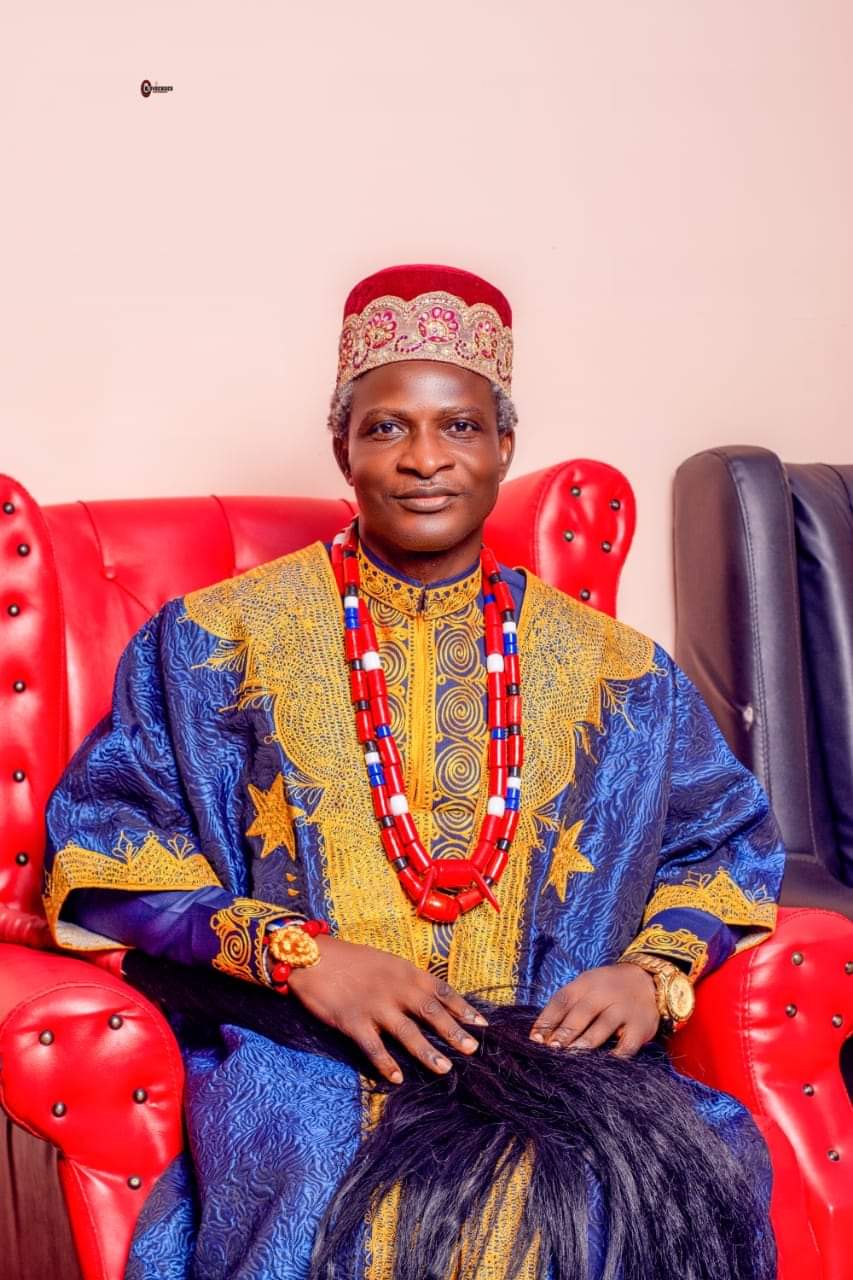Och’Idoma Agabaidu – Traditional stool and history

Och’Idoma, the leader of Idoma people is the Och’Idoma and he is resident in the Och’Idoma Palace in Otukpo. The current traditional ruler is HRH, Dr Elaigwu Ogbogo, Och’Idoma V. Past Och’Idomas are HRH Elias Ikoyi Obekpa,HRH, Agabaidu Edwin Ogbu – Och’ Idoma III, HRH, Agabaidu Ajene Okpabi – Och’ Idoma II, & HRH Agabaidu Ogiri Oko – Och’ Idoma I.
The Idoma are people that primarily inhabit the lower western areas of Benue State, Nigeria, and kindred groups can be found in Cross Rivers State, Enugu State and Nasarawa State in Nigeria.[1] The Idoma language is classified in the Akweya subgroup of the Idomoid languages of the Volta–Niger family, which include Alago, Agatu, Etulo and Yala languages of Benue, Nasarawa and Northern Cross river states. . The Akweya subgroup is closely related to the Yatye-Akpa sub-group. The bulk of the territory is inland, south of river Benue, some seventy-two kilometers east of its confluence with river Niger. The Idomas are known to be ‘warriors’ and ‘hunters’ of class, but hospitable and peace-loving. The greater part of Idoma land remained largely unknown to the West until the 1920s, leaving much of the colorful traditional culture of the Idoma intact. The population of the Idoma is estimated to be about 4 million. The Idoma people have a traditional ruler called the Och’Idoma who is the head of the Idoma Area Traditional Council while each community has its own traditional chief such as the Ad’Ogbadibo of Orokam, Chief D.E Enenche. The Palace of the overall Och’Idoma is located at Otukpo, Benue State. The present Och’Idoma, Elias Ikoyi Obekpa was installed into office in 1997 and the position is for life
The history of the Idoma people precedes the history of Benue State (created 1976) and the history of the Republic of Nigeria (created 1960), and that can not be completed that the part Och,Idoma I play. Oral tradition and dance is the primary method through which history has been passed in Idoma land and is considered a central cultural institution. From a young age Idoma children usually learn from their elders stories of old and are brought up around extended families, which make multiple historical resources available. When Idoma prompted generally will proudly tell you where they are from, and it’s not uncommon for Idoma to be able to recite at least four generations of their progenitors.
Historically, being unable to answer the emblematic question “Who is your father?” disqualified one from important roles and titles in Idoma land. Quite naturally, a number of villages trace origins to single ancestors and further, several Idoma groups trace their heritage to one common ancestor, considered the “father” of the different groups. According to traditional history, Iduh, the father of the Idoma had several children who each established different areas. Hence the expression: “Iduh the father of Idoma.” “Iduh the father of Idoma Iduh who begot all the Idoma He also begot the following children: Ananawoogeno who begot the children of Igwumale; Olinaogwu who begot the people of Ugboju; Idum who begot the people of Adoka; Agabi who begot the people of Otukpo; Eje who begot the people of Oglewu; Ebeibi who begot the people of Umogidi in Adoka, Edeh who begot the people of Edumoga and Ode who begot the people of Yala ” While there may be some truth to the above, the Idoma cannot be said to have a unitary origin. Many Idoma groups and village subsets have their own histories complete with stories about how their people arrived at their current location. The Otukpa people descended from three ancestors: Owuno, Ameh-Ochagbaha and Oodo. The first two were brothers who migrated from Idah in Igalaland while Oodo migrated from Igbo land. As one can imagine, the ever-changing of people through time makes it difficult to study Idoma history





